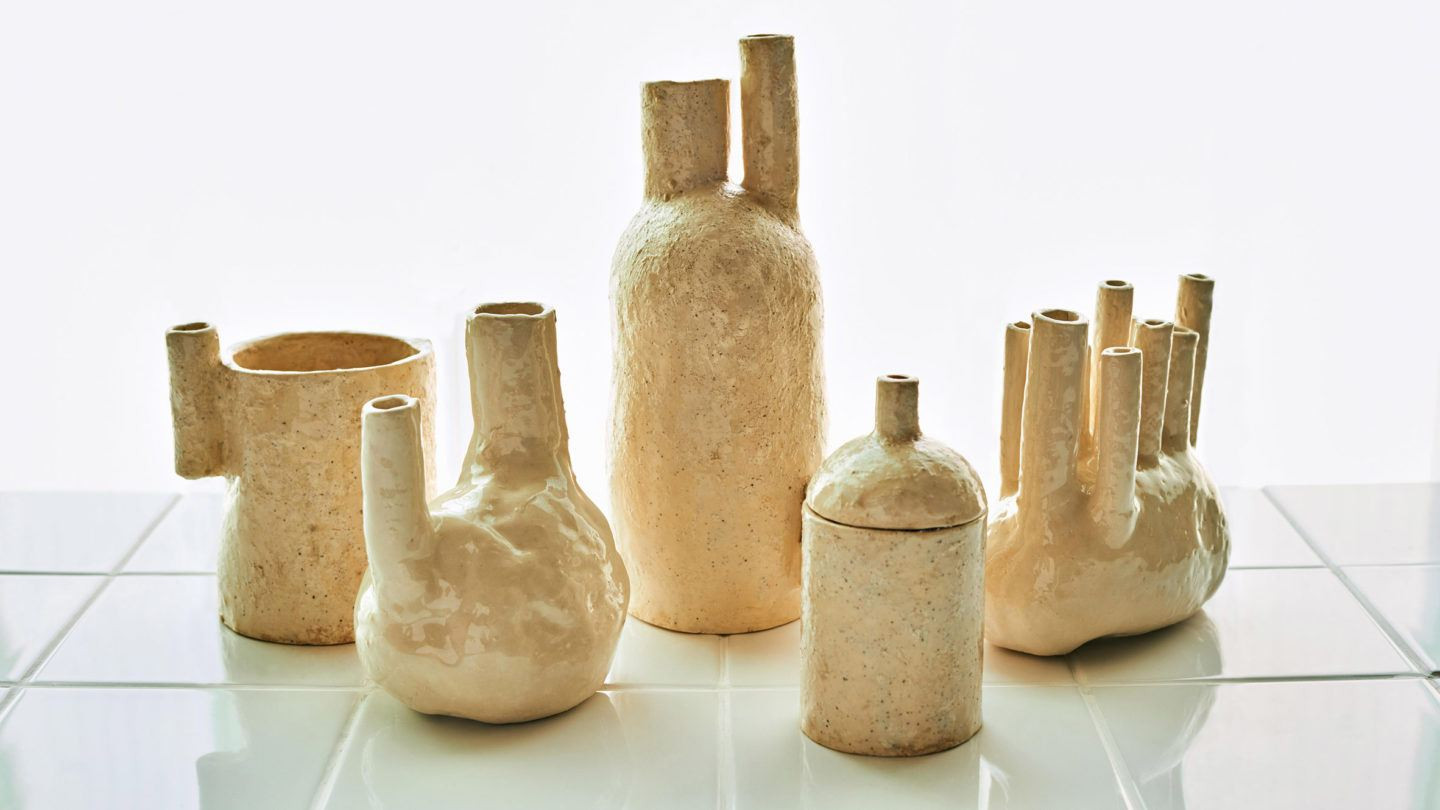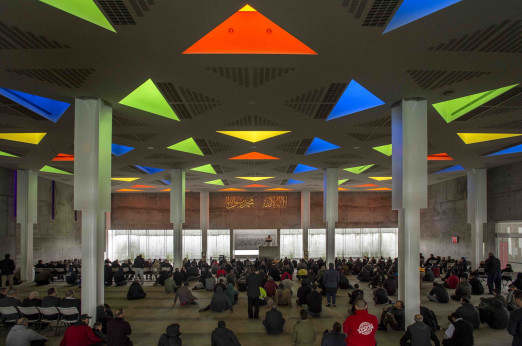Here we explore 7 materials that are crafted from waste materials.
Dust matter: Designer Lucie Libotte’s Dust Matter project challenges the idea of ‘unwanted objects’ by giving domestic dust a new material use and meaning. Collecting dust from homes and buildings, Libotte combines the dust with ceramic materials. When placed in the kiln, the dust chemically reacts to the ceramic glaze and undergoes a purification process, changing the material's chemical state. The result is a range of bespoke earth-coloured vessels that reflect their sampled environments.
This is Urine: Designed by Sinae Kim, This is Urine explores the potential use of urine as a glazing material. In pre-industrial society, urine has been used widely for purposes including cleaning, medicine, planting, and teeth whitening, for example. Society's perception of urine is that of a waste product but the material contains valuable components such as water, ammonia, urea and minerals. By focusing on the materiality benefits, Kim explores the potential of the inorganic components in urine as an alternative glazing material.
Lithoplast: Designer Shahar Livne has developed a surface material from the end product of a process that mimics natural metamorphism. Livne constructs Lithoplast by combining plastic pieces, dust and solid residue from coal-mining and the powdery remains from stone masonry.
Cocolok: Enkev’s Cocolok is constructed from natural coconut fibres. The fibre is collected from the coconut husk and its resilient structure allows the material to develop a beneficial microclimate by enabling air to flow within the material so that humidity can evaporate, making it an excellent material to be used for mattresses, furniture, car seats and footwear, for example.
Piñatex: Piñatex is a non-woven substrate which can be used as an alternative to leather without causing environmental harm. Approximately 16 pineapple plants are needed to create 1 square metre of Piñatex. The leaves of the plant are processed to extract the fibre which is then manufactured into the substrate. After this, the substrate is transformed into Piñatex by combining 80% PALF (pineapple leaf fibre) and 20% PLA (polylactic acid- a thermoplastic polymer).
Totomoxtle: Designed by Fernando Laposse, Totomoxtle is a new material showcasing the beautiful array of colour in the husks of heirloom corn. The waste products of the agricultural process —the corn husk — is cut and peeled off the cob, ironed flat and then glued onto a paper pulp. The material is then laser-cut into small pieces which can be applied to furniture or interior surface material.
Rustiles: Ariane Prin creates ‘Rustiles’ which are wall tiles made from recycled metals including steel, copper and brass. The metal is recycled from key cutting and other metalworking workshops across London and combined with gypsum and acrylic. The metal dust oxidation process gives each tile a unique texture, varying in colour and intensity.

